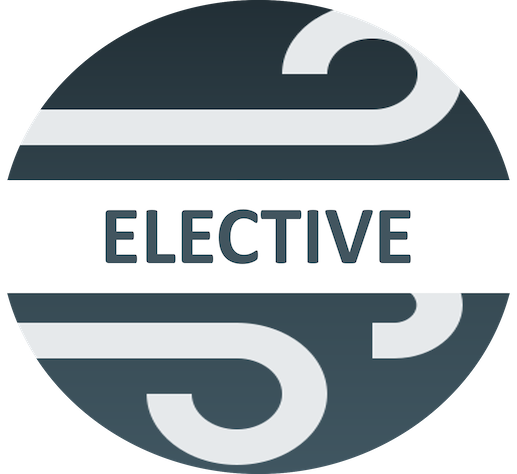Innovation in Teaching and Learning
As educators in the 21st Century we have the unique experience of life as an interpersonal experience before the digital experience and find ourselves teaching students who only know life through the digital. We have opportunities to educate students on how the digital can educate, how it negotiates our knowledge and perspectives, and how to critically examine it as well as embrace it to learn, express, communicate, and contribute. Educators will be challenged to examine, learn, and incorporate the digital in all areas of teaching and learning.
The community college faculty will…
- Create learning opportunities that promote curiosity and critical examination of discipline content as well as online and AI resources.
- Design learning activities that use digital tools, media, and/or AI to maximize significant, active learning.
- Apply instructional design principles to create clear, navigable, innovative digital learning environments that engage and support learning.
- Incorporate a variety of student learning strategies using digital platforms, online/virtual environments, and hands-on technology.
- Design and implement a variety of digitally-based ways to assess learning and provide timely feedback to students.
- Provide alternative ways for students to use technology to demonstrate and/or reflect on their learning.
Professional Development
To earn a completer certificate, faculty must demonstrate evidence of meeting all of the teaching practice outcomes. Outcomes may be met with a combination of required and/or elective courses. Access the CTL calendar to explore upcoming sessions.

Canvas Essentials
Student success is correlated to instructional design practices. Canvas provides instructors with tools to utilize course design strategies on a variety of scales. Explore Canvas navigation from basics (syllabus and grades) to modules. Practices techniques to align outcomes with assignments, resources, and assessments. Outcome 3

Universal Design for Learning
UDL is a framework for the design of materials and instructional methods that are usable by a wide range of students. The approach encourages flexible conditions that ensure access and participation by all students, without lowering expectations or standards. Explore techniques for creating classroom experiences that benefit all students without forcing them to self-identify a specific need. Examples include organizational tools, real world experiences, differentiation and authentic assessments. Apply design techniques to make digital course content accessible to exceptional learners. Outcome 3

Student Engagement Techniques and Online Learning
Experience and apply teaching techniques from the K.Patricia Cross library to increase student engagement in online learning. Outcome 4

Creating Interactive Content: harnessing H5P for Learning Creating
Learning Creating learning artifacts that foster engagement and authentic learning can be challenging. In this session we will explore ways to create learning experiences for student learning using H5P. This provides faculty with a variety of opportunity to create classroom assessment techniques with activities and interactive videos. Outcomes 2, 4-5

Creating/Enhancing Instructional Materials with Photoshop
Photoshop isn’t just for photographs and creative imagery…it’s also used to bring older materials into the digital age. Participants in this session will learn the process of taking scanned materials into Photoshop, cleaning them up for clarity, and choosing the right format for the right media application (print and web). Outcome 2, 6

Designing Assignments Online: Google Assignments in Canvas
Google Assignments in Canvas is a great tool for designing and managing assignments online. It provides a seamless integration between Canvas and Google Docs, allowing for easy collaboration and grading. Outcomes 2, 4-6

Assessing Student Learning with Canvas New Quizzes
Online Assessment in Canvas has been enhanced with New Quizzes. Participants in this session will learn a short history of how the classic quizzing option in Canvas is being augmented with the newer quizzing engine. Building with new question types, collaborative question bank building/sharing, reporting, and automated importing of large amounts of item banks will be shown. Outcome 6

Crate engaging lecture videos that will keep your audience interested and informed with iMovie
Engage in a hands-on and best practice video production for online and remote/synchronous learning by developing an Instructor Introduction video that humanizes you. This allows students to forge personal connections as they begin the new semester. We will discover how to organize media, engage in video and audio editing, take advantage of green screen and video effects, work efficiently with still images and titles, and explore exporting and sharing options of your personal masterpiece. Outcome 4

Creating and Delivering Compelling Course Content: Harnessing YouTube
In this session we will discuss strategies for creating course content using YouTube, such as storytelling, visuals, and engaging your audience. Provide tips on how to structure content for effective online delivery, including video length, pacing, recording techniques, and use of multimedia. Additionally, share best practices for creating accessible videos, such as adding captions, transcripts, and descriptions. Outcome 4

